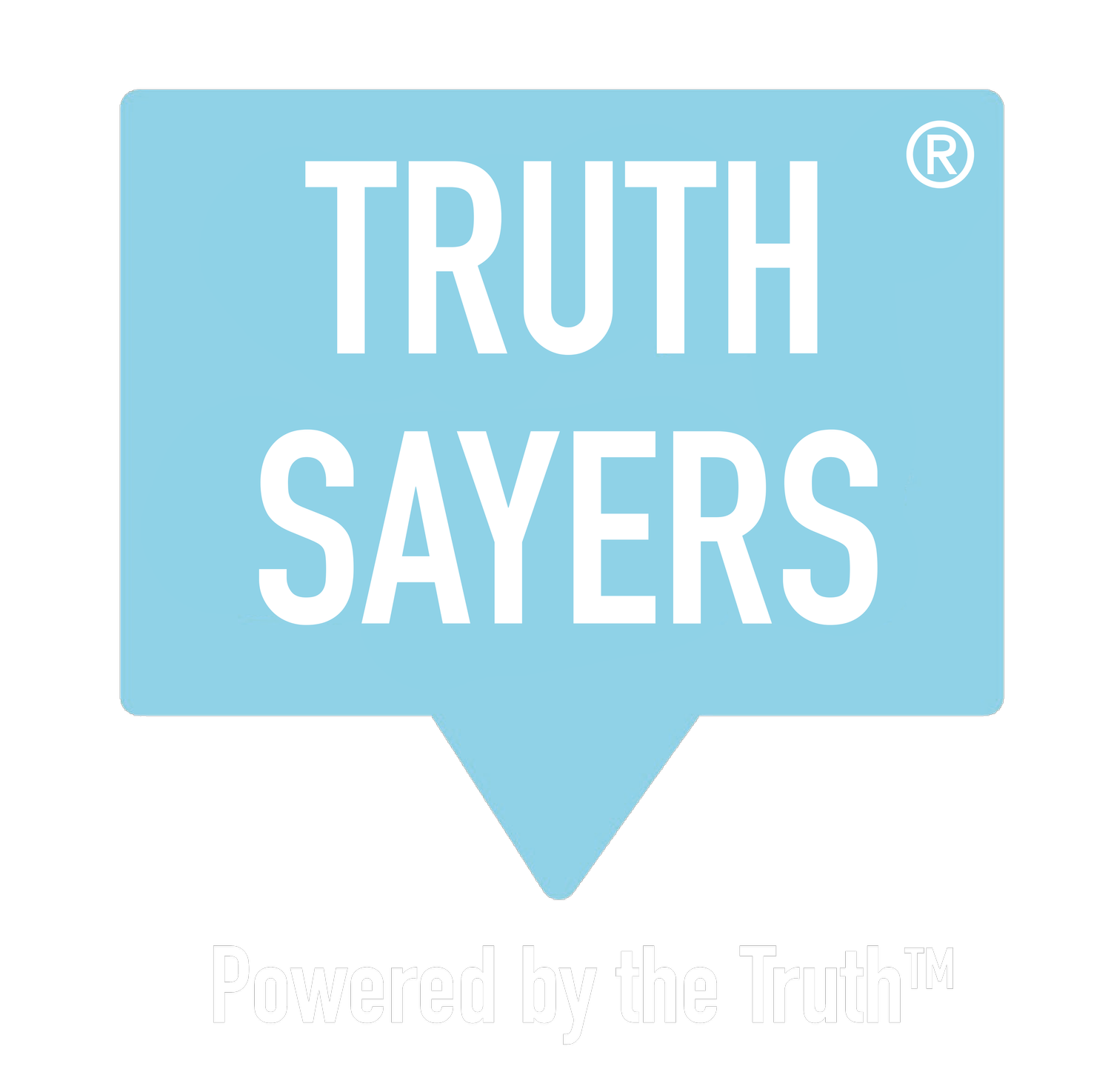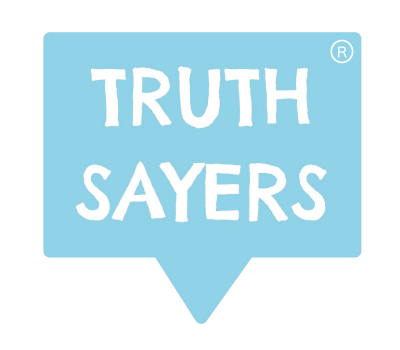How Well is Neurodiversity Supported in the Workplace?
“Neurodiversity may be every bit as crucial for the human race as biodiversity is for life in general. Who can say what form of wiring will be best at any given moment?’
[Harvey Blume in The Atlantic, 1998]
It is likely that at least 1 in 7 people you know is neurodivergent which means that 1 in 7 of the people you work with are probably neurodivergent in some way.
When we got our head around what that actually means, we felt that we had to think again about our technology and how, as a business, we needed to adapt what we do (right to the core) to be inclusive to neurodivergent people. I’ll explain more later, but first I will clarify what I mean by ‘Neurodiversity’.
Neurodiversity is not a new term ...
… yet it is still not systematically part of every company's Diversity, Equity and Inclusion agenda. Only 27% of inclusion policies mention neurodiversity. Why? A general lack of awareness is perhaps to blame. Neurodiversity often falls under the banner of disability, which can lead to perceptions of neurodivergence being dis-abling rather than en-abling. Poor communication, leads to lack of understanding. Many neurodiverse conditions are 'invisible', and in organisations that do not have a culture of openness and inclusion, it can be hard to share the challenges you face day to day or to increase awareness that neurodiversity is not a disability, when the right support is provided.
Exactly what is Neurodiversity?
“Neurodiversity is the diversity of human brains and minds; the infinite variation in neurocognitive functioning within our species.”
Neurodiversity is used when referring to groups of people; neurodivergence when referring to the individual. There are many types of neurodivergent thinking styles and behavioural traits that are encompassed under the banner of neurodivergence including, but not limited to, dyslexia, autism, ADHD, aphantasia, dyspraxia, Tourette’s. Neurodivergence can be innate or acquired through experiences, such as, trauma.
“Neurodivergent, sometimes abbreviated as ND, means having a brain that functions in ways that diverge significantly from the dominant societal standards of ‘normal’.”
SOURCE: NEURODIVERSITY: SOME BASIC TERMS & DEFINITIONS, NICK WALKER, AUTISTIC, QUEER, PSYCHOLOGY PROFESSOR
Neurodiversity At Work initiatives are on the increase, with some major corporations already reaping the rewards. Once we stop thinking of neurodiversity as dis-abling, we realise that neurodiversity can give us creative, lateral thinkers with the ability to visualise complex designs; individuals who pay rigorous attention to detail; have heightened focus; offer different perspectives. Moving forward, organisations who are building neurodiverse teams will have the competitive advantage. But, will yours?
The challenges for employers:
Recognising that a large proportion of your current workforce are probably neurodivergent and some employees may never have felt able to openly discuss this.
How to communicate effectively with every employee, to understand their individual needs and how best to support them at work.
Appreciating the huge positives of employing a neurodiverse team.
Starting the conversation
Having an open dialogue with your team, especially in a new hybrid working model, is more important than ever, yet it is also more challenging, because the visual cues from face-to-face interaction are not available to us. At Truthsayers® our mission is to help everyone to have a voice through our agile platform, Neurotech®. This powerful listening tool enables decision makers to understand their people at an emotional level and begin a dialogue that will, consequently, enable them to better fulfil their employees’ needs.
Web accessibility is core to our architecture. Neurotech® has been designed to remove many of the access barriers that traditional surveys can present:
There is a minimal amount to read and process;
You can translate Neurotech® into any major language;
There is an audio option;
You can optimise the response timeframes;
Any internet connected device can be used.
Neurotech® is on a journey. Although we believe Neurotech® is inherently inclusive, we are always listening and responding to our clients’ changing needs and viewpoints. Feedback helps us to continue development in an agile way to meet the needs of our diverse communities.
Optimising Equity for All: NeurodiversityToolbarTM
Over recent months, we have been developing our NeurodiversityToolbarTM that we believe will optimise the experience for people who are neurodivergent, particularly those who are dyslexic, who have visual sensitivity or who experience different types of visual processing.
The NeurodiversityToolbarTM (pictured here) presents different options that you can choose to suit your individual access needs:
a pallet of colours to change the contrast between the background and the font
an alternative font style
a line spacing option to space out the text.
We know that everyone is different and that there is no easy one-size-fits-all solution, however we hope that we can get close for many. This will be an ongoing process of development. You can see the toolbar in action by taking part in our research – it’s open right now for everyone to take part!
We need your help
We have just launched our Neurodiversity Global Research. You are invited to be part of this, by participating in a short, game-like exercise, carried out in two parts. Each part will take about 5 minutes. We will ask you to repeat this again roughly one week later. The two parts are essential so that we can compare responses both with and without the NeurodiversityToolbarTM
Our two-fold mission is this:
to gauge people’s true sentiment on how well they really feel Neurodiversity is supported in the workplace;
to measure the effectiveness of the NeurodiversityToolbarTM with a diverse audience.
This is open to everyone – those who are Neurodivergent (having cognitive functioning that ‘diverges’ from the majority) and those who are Neurotypical (‘not neurodivergent’; those who society deems as having ‘normal’ cognitive functioning). We are especially keen to engage people who are dyslexic, have visual processing or visual sensitivity as reading is the primary barrier we are aiming to reduce. Dyslexia is probably the most commonly occurring neurodivergence in the workplace – and one of the least diagnosed. 10-15% of the population are thought to be dyslexic though this figure may be much higher.
The outcomes from this research will be published and shared widely. It is our hope that this data will raise awareness and help us steer business conversations towards the neurodiversity narrative, and make happier, healthier, more inclusive workplaces for everyone.
Do you want to get your organisation involved in this research?
We can provide anonymous data that quantitively measures the true effectiveness of your support systems for your neurodiverse workforce. And it won’t cost you a penny! Click the button to find out more:
If you would like to share information about neurodiversity with your team, you can download our information document:
Do you want to take part in the research?
You can! You don’t have to be neurodivergent to take part – everyone’s contributions matter. Let us know how well neurodiversity is supported in your workplace:
How To Use Neurotech®
We have also recently released yet another accessibility feature: our video guide, How To Use Neurotech®:



